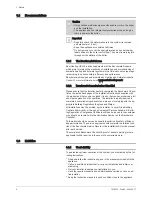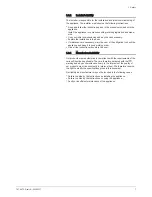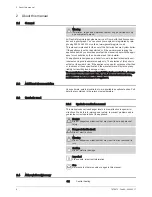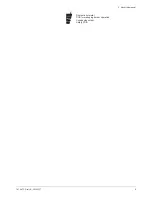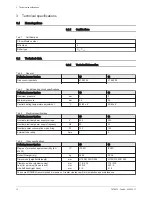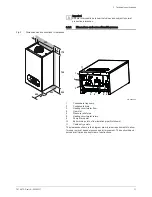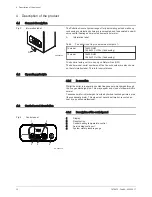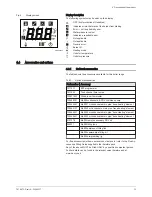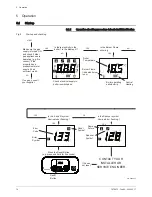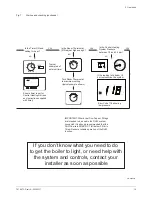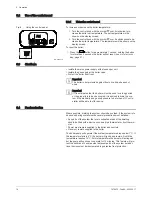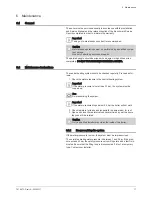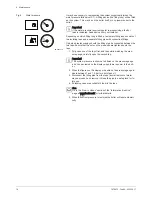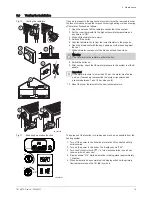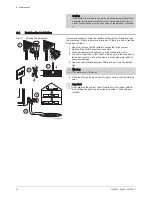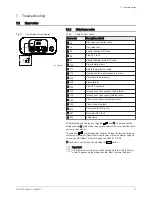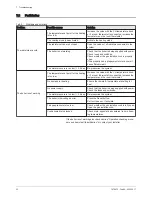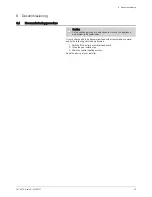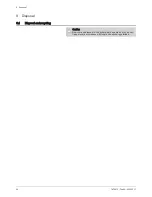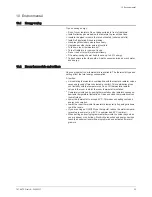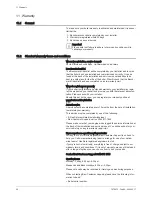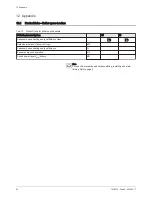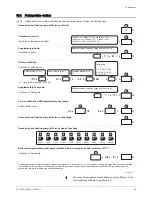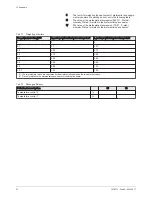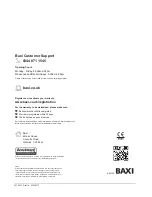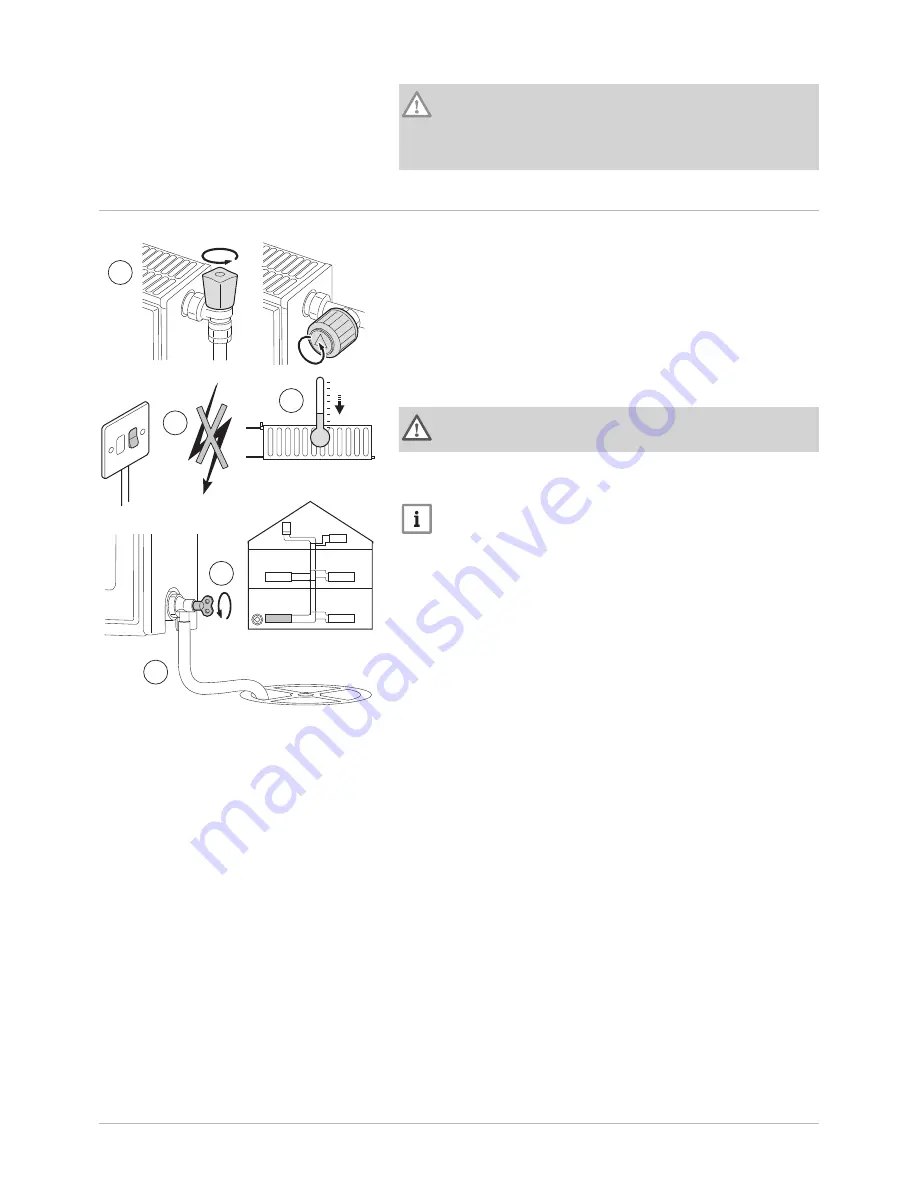
Caution
If the system is drained (even partly, when replacing a radiator for
example) the de-aeration function must be repeated. Also the in
hibitor concentration must be checked and replenished if necessa
ry.
6.4
Draining the installation
It may be necessary to drain the central heating system if radiators need
to be replaced, if there is a major water leak or if there is a risk of freezing.
Proceed as follows:
1. Open the valves of all the radiators connected to the system.
2. Switch off the boiler's electrical connection.
3. Wait approximately ten minutes, until the radiators feel cold.
4. Connect a drain hose to the lowest draining point. Place the end of
the hose in a drain or at a place where drained pipe water will not
cause any damage.
5. Open the central heating system fill/drain valve. Drain the installa
tion.
Warning
The water may still be hot.
6. Close the drain valve when no more water comes from the draining
point.
Important
After draining the system, the concentration of corrosion inhibitor
and antifreeze agent may be extremely diluted - check with your
installer.
Fig.12
Draining the installation
AD-3000730-01
5
3
2
1
2
3
4
1
4
6 Maintenance
20
7678872 - Draft A - 22052017

